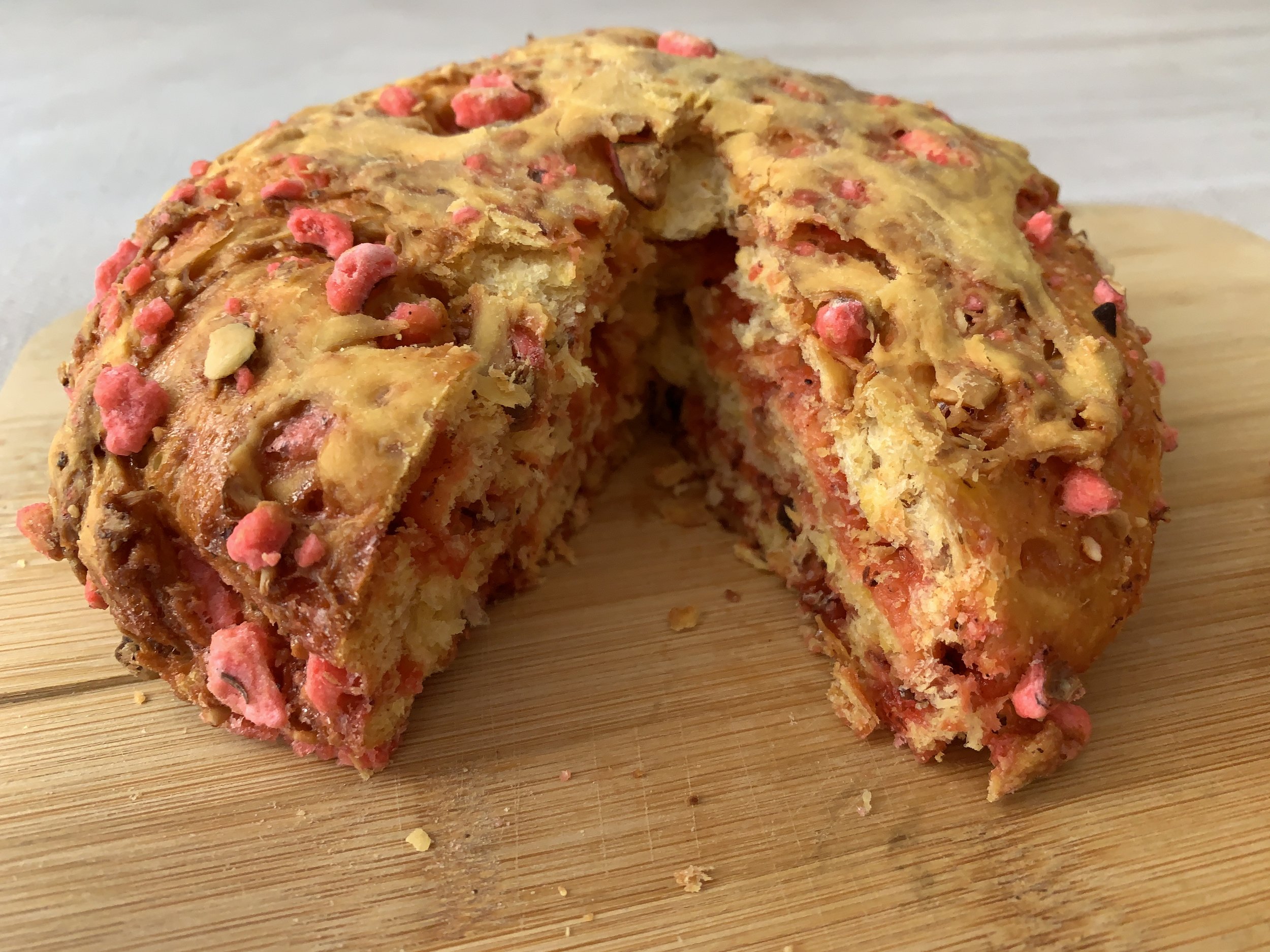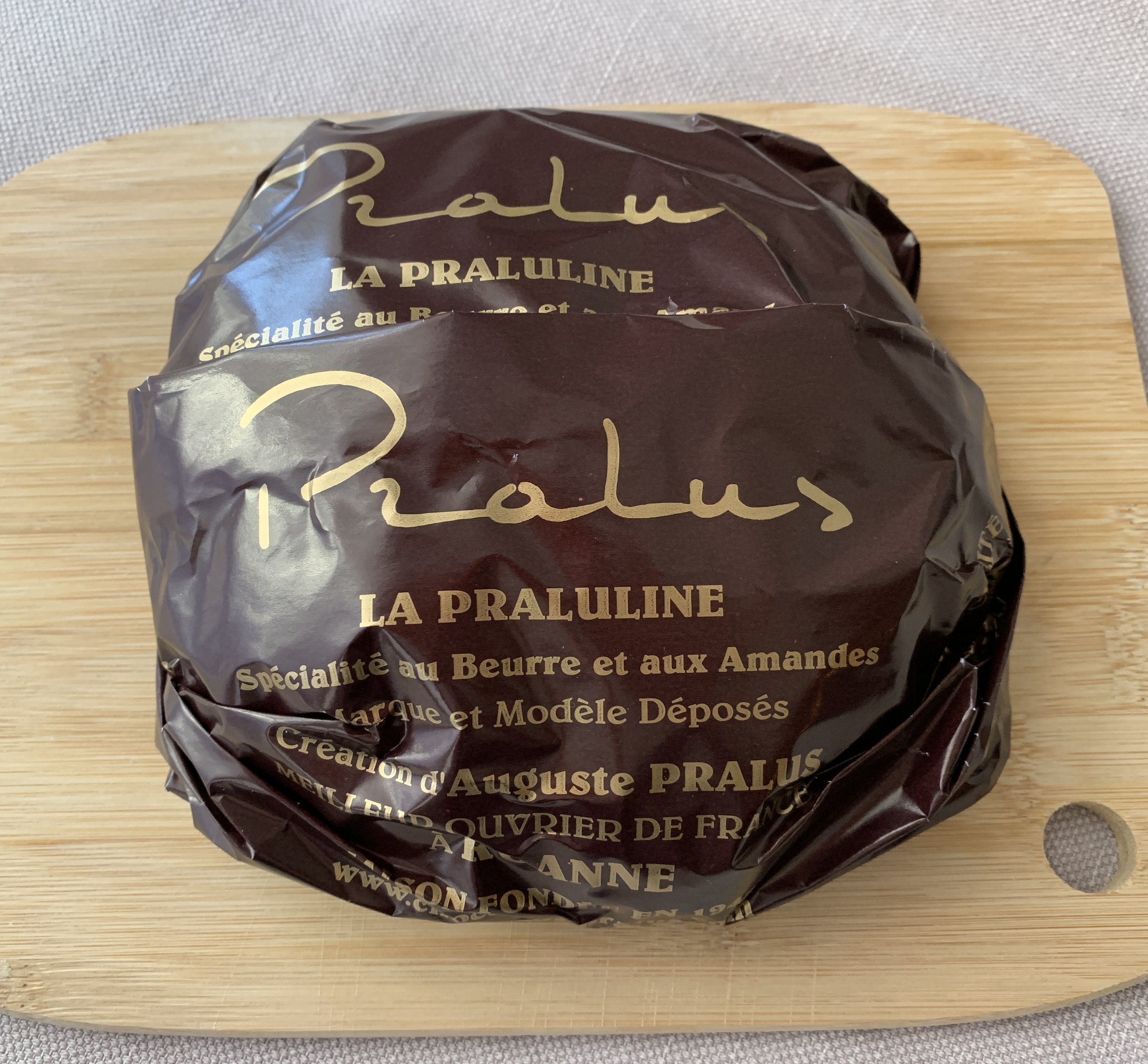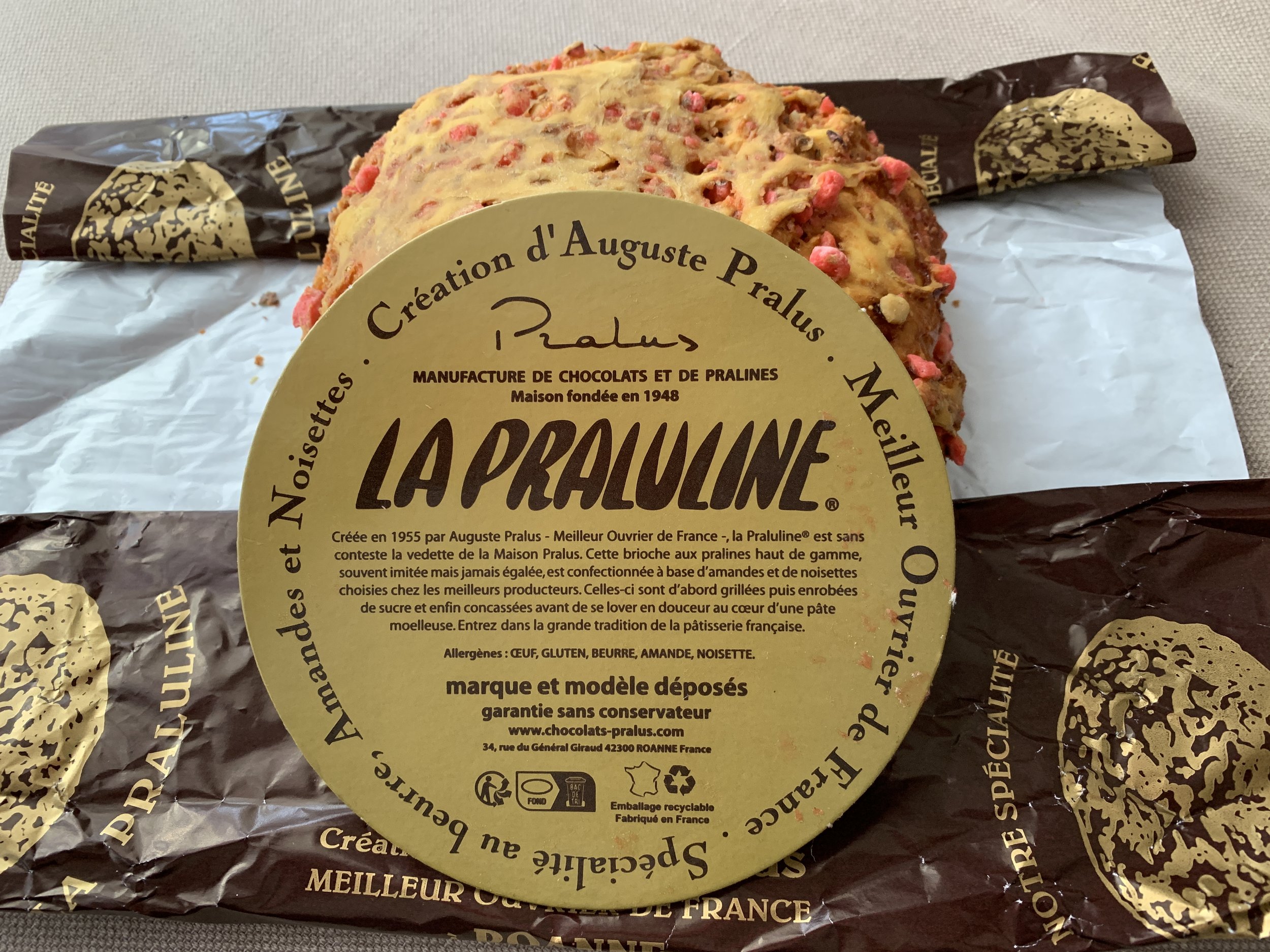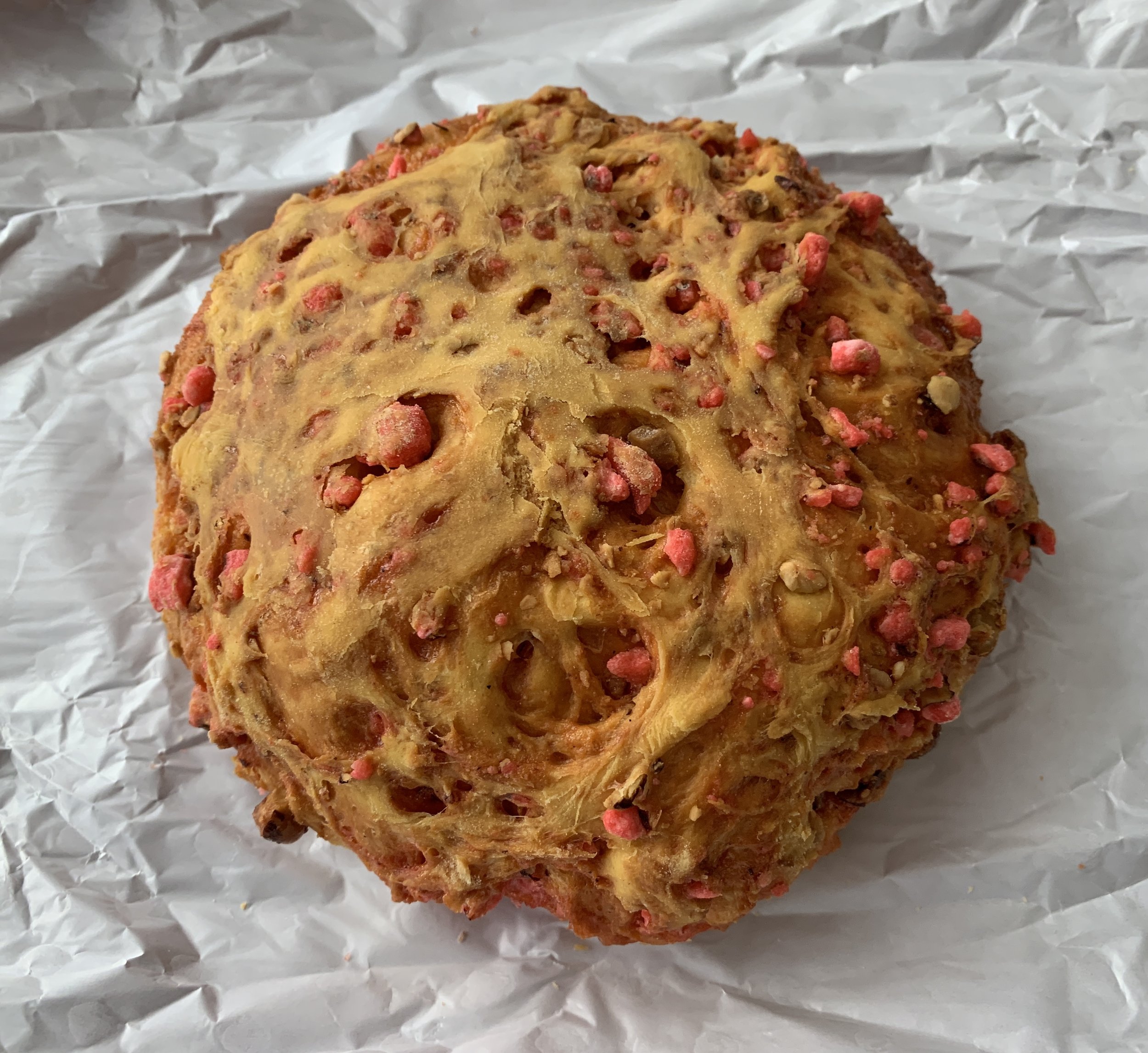La Praluline de Pralus
/Thanks to blog reader Pete, Steve and I popped back over to Vieux Lyon on our last full day in the city. Our goal - to stop at the Pralus chocolate/pastry shop to purchase La Praluline de Pralus. The link should take you to the shop page in English if you’re interested in reading more about François Pralus, a winner of France’s coveted Meilleur Ouvrier de France, MOF (essentially a best in their field designation).
Having been generally disappointed with the various praline rose items we tasted (except the tarte from Paul Bocuse), I was given a push by Pete to give La Praluline a try. OK! We headed over the river to the old town on Good Friday afternoon - LOTS of folks out and about on a beautiful sunny day.
Photo compliments of Steve Soper
These babies were literally flying out the door of the shop. We could see the ready and waiting inventory both on the front counter as well in the back kitchen. The sales folk were efficient and friendly, one being the wrapper/bagger and one taking payment with barely a moment to spare until the next customer stepped up.
Once I opened the package I found an informative insert all about this regional specialty. A buttery brioche loaded with chopped pink pralines which, at Pralus, are made with BOTH almonds and hazelnuts chosen from the best producers. I’m in.
Looks like some kind of meteorite or moonscape!
We shared a small slice mid-afternoon just to get a taste (didn’t want to spoil our appetite for dinner, don’t ya know). Crunchy, buttery and delicious.
Just loaded with pralines rose
Due to the brioche butteriness, this keeps well for several days and doesn’t mind a short warm up in a medium oven for a few minutes. If you’re ever in Lyon, give it a try.
Here’s another vision of spring to make you smile.
















